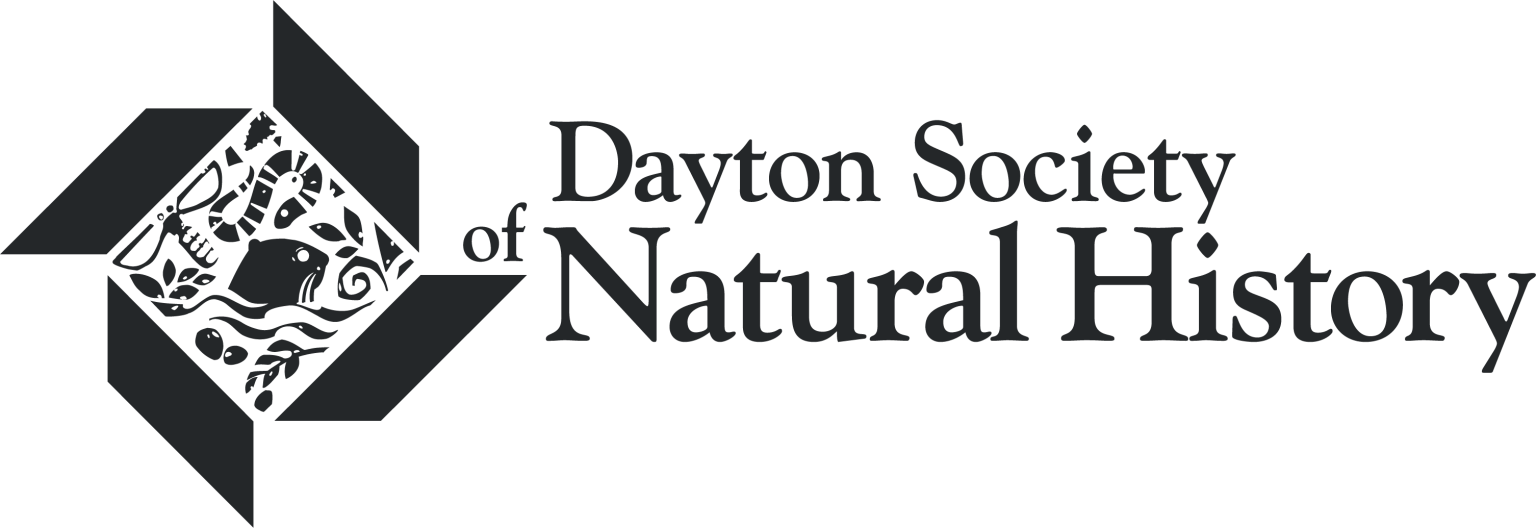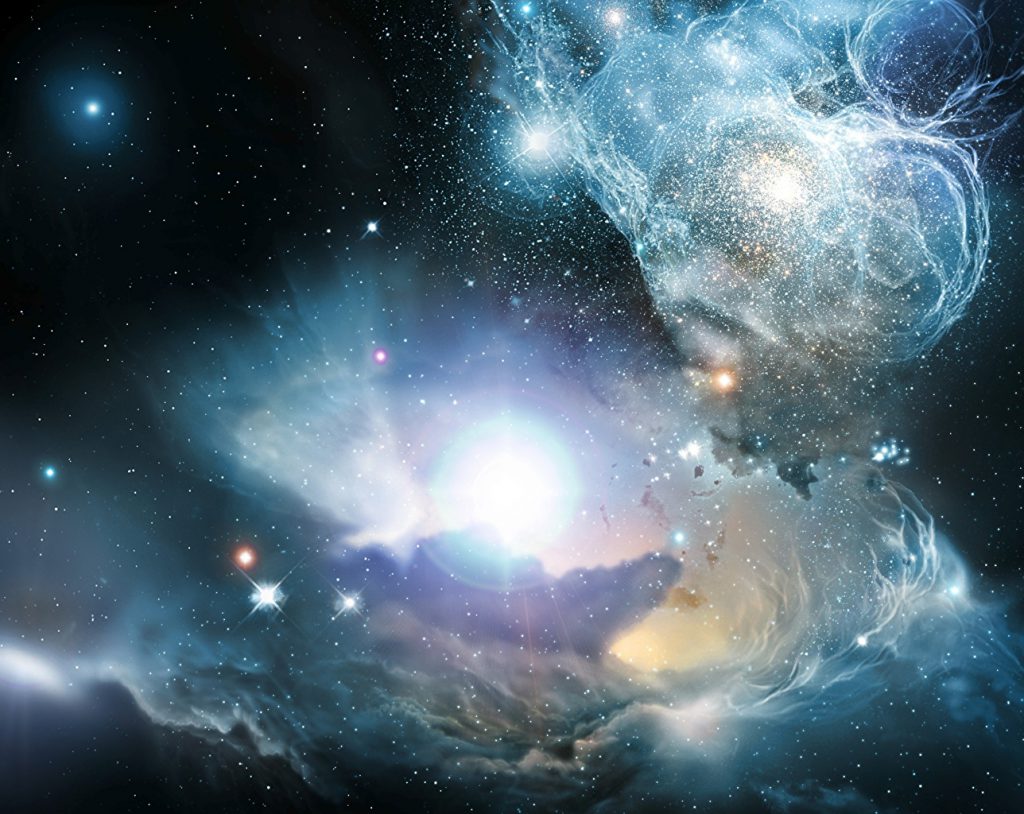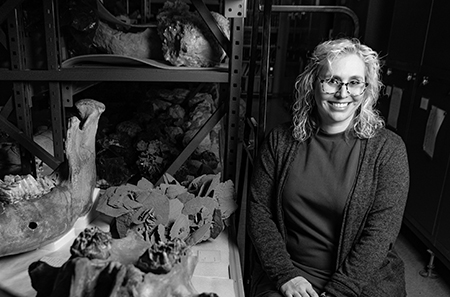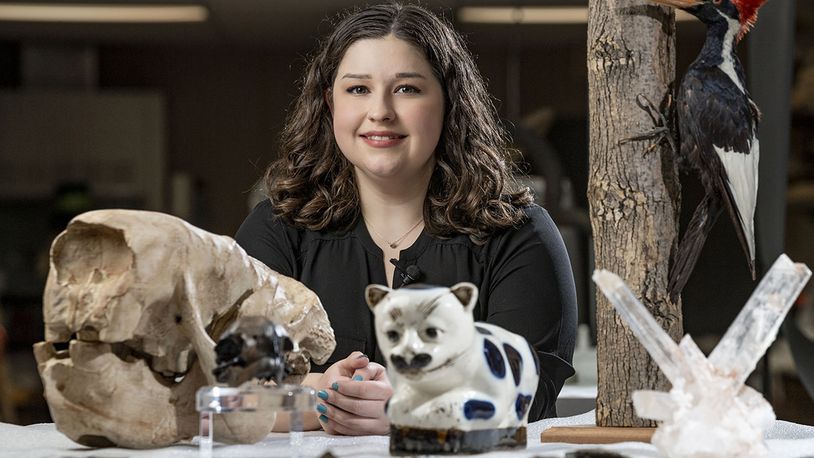Q. How do I donate an object to the museum?
A. The Dayton Society of Natural History has a formal process for reviewing new object donations. To accept any new collections object, both the Collections Committee and Board of Trustees must vote on whether the potential donation meets the society’s collecting scope. If you have a specimen or artifact that you would like our committee to review, please email a description of the object and photographs to collections@boonshoftmuseum.org.
Q. Can you appraise or identify/authenticate a natural history object for me?
A. Dayton Society of Natural History Collections staff can attempt to authenticate or identify natural history objects you have questions about. However, staff are prohibited by the society’s by-laws from appraising or estimating the monetary worth of objects. If you have an object you would like us to attempt to identify, please email a description of the object and photographs or an appointment request to collections@boonshoftmuseum.org. Collections staff are generally not able to accommodate walk-in authentication requests due to busy schedules. Please note that our ability to identify objects is limited to the subject expertise of our staff.
Q. I am a researcher interested in your collections, how should I proceed?
A. All researchers must submit a scientific research proposal when requesting to utilize the collection for their studies. The proposal will then be reviewed and voted upon by the Collections Committee and Board of Trustees. Please email collections@boonshoftmuseum.org for the research proposal outline.
Q. I or a family member donated an object to the museum. Can I have it back or borrow it?
A. When an object is donated, ownership of the object is transferred unconditionally and permanently to the Dayton Society of Natural History. All donors are required to sign a deed of gift legally transferring ownership of their item to the society upon their donation. Because of this transaction, the Dayton Society of Natural History cannot loan or give collections items back to individuals. However, if you would like to see the object, you are welcome to email us at collections@boonshoftmuseum.org and set up an appointment.
Q. I donated an object to the museum’s collection- why is it not currently on exhibit?
A. Very few collections items remain on permanent display in the museum. In fact, permanent display can cause serious and often irreparable damage to collections objects in the form of light damage and other environmental harm. Collections objects are much more stable in collections storage areas, where staff can ensure levels of light, temperature, and humidity are in appropriate levels to prevent damage. For this reason, collections staff rotate objects on and off display as much as possible.
Q. I think I found a meteorite. Can you authenticate it?
A. It is incredibly rare to find meteorites, especially in Ohio. To help you determine if you have a real meteorite, please follow this flow-chart to self-test the specimen: (Click Link Below)
If this self-test determines you might have a meteorite, please email collections@boonshoftmuseum.org with a photograph of the specimen or a request for an appointment.
